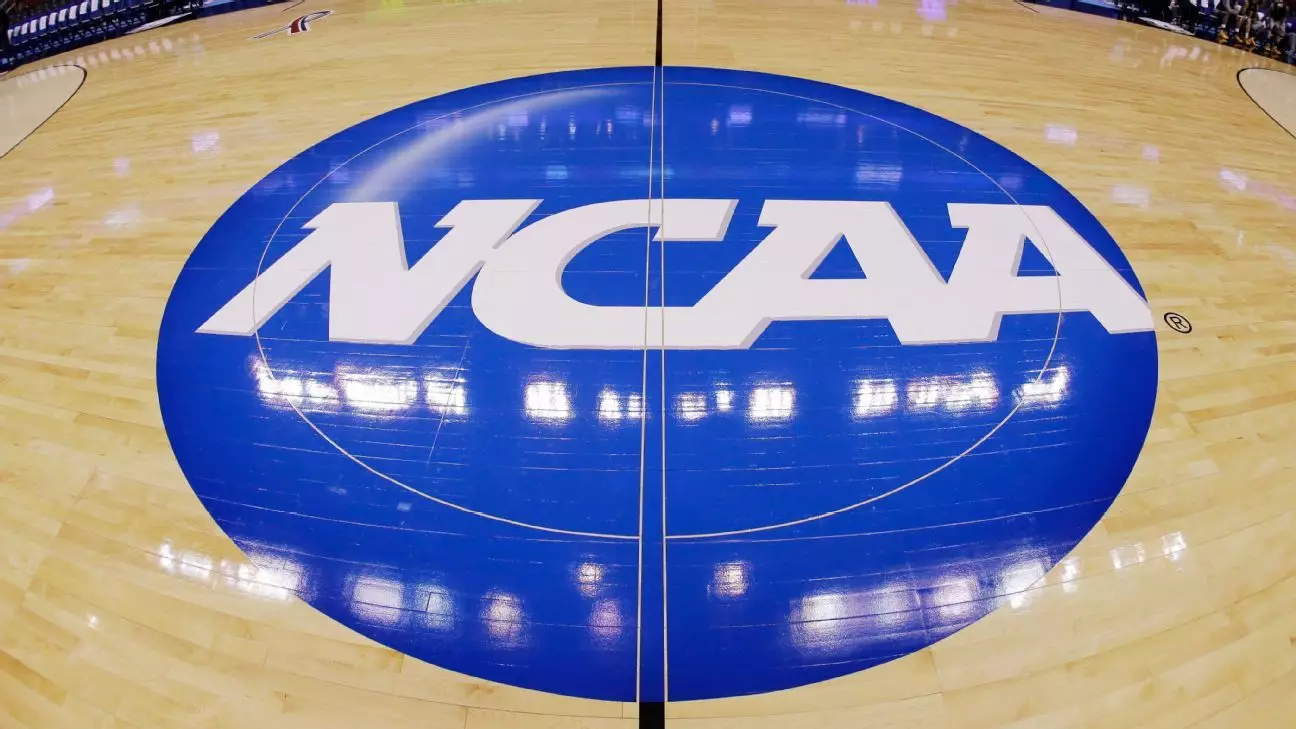In a critical juncture for collegiate athletics, federal judge Claudia Wilken has delivered a pointed message to the NCAA regarding its proposed multibillion-dollar antitrust settlement. Wilken’s scrutiny of the NCAA’s insistence on immediate roster limits has raised vital concerns about the impact such decisions may have on athletes’ futures. Her ruling reflects an understanding that the lives of student-athletes are deeply entwined with institutional decisions, and any changes that jeopardize their playing time or roster spots are inherently problematic.
The NCAA’s proposal, which stems from their desire to instill equity and financial fairness within college sports, appears misconceived from a human perspective. While a long-overdue shift is necessary for college athletes to gain more control over their compensation and opportunities, the immediate impact on current student-athletes cannot be dismissed. Wilken’s order challenges the NCAA to reconsider its hurried enactment of roster limitations — an ill-timed initiative that could forcibly eject many dedicated athletes from the sport they love.
A Question of Fairness vs. Expediency
What appears to be a fair compromise — allowing wealthier institutions to compensate their basketball or football players while limiting the overall roster size — risks sacrificing numerous young athletes for the benefit of a few. The judge’s assertion that the proposed roster limits could displace athletes fundamentally alters the balance of power between educational institutions and their students.
Wilken rightly emphasizes that the consequences inflicted on current athletes cannot be overlooked, especially when their spots on teams could vanish overnight due to competition with new recruits. Isn’t it ironic that in a movement aimed at democratizing college sports, hundreds, if not thousands, could be left out in the cold as a result of a seemingly well-intentioned but poorly timed settlement?
This delicate balancing act – fostering opportunity while ensuring equity – must be approached with extreme caution. There is a pressing need for a robust examination of values: What price are we willing to pay for progress? The NCAA’s response to Wilken’s ruling indicates a recognition of this reality, but further action is necessary to ensure justice is served.
Delaying Roster Changes: A Justifiable Solution
One of the potential remedies Wilken suggested is “grandfathering” current athletes into existing roster limits to shield them from immediate loss. This proposition offers a pragmatic path forward, allowing athletes to retain their spots while the NCAA cautiously transitions into this paradigm shift. It is a reasonable compromise that acknowledges the legitimacy of current athletes’ investment in their sports and should be earnestly considered.
Interestingly, the NCAA’s reluctance to delay the implementation of these roster limits risks an exhilarating opportunity to enhance fairness while providing stability for athletes. The NCAA has indicated that they have already begun making cuts to comply with expected changes, which raises ethical concerns about the process. Such readiness to prioritize administrative efficiency over athlete welfare may showcase a systemic issue within the NCAA itself.
The influx of over 4,600 Division I athletes into the NCAA transfer portal encapsulates a crisis of trust that has emerged alongside this proposed transition. Athletes, unsure of their standing in the competitive landscape, are left scrambling to find a semblance of security in an unstable environment. It begs the question: Is this the true spirit of college athletics?
The Intersection of Legal Battles and Athletic Aspirations
As attorneys navigate the complexities of the legal landscape surrounding this settlement, the voices of the athletes themselves are often sidelined. Notably, Gannon Flynn, a college swimmer, expressed a deep concern over the potential loss of his roster spot. His testament reflects broader sentiments shared by countless student-athletes who feel betrayed by processes that appear indifferent to their condition and future.
This juxtaposition of legal maneuvering and athletic aspirations underscores a troubling reality: the NCAA’s governance often appears more interested in preserving its institutional power than genuinely promoting student welfare. This phenomenon accentuates the importance of active advocacy for athletes during such critical transitions, emphasizing that they should be at the forefront of these discussions.
As the NCAA faces mounting pressure to adjust its stance, the upcoming negotiations promise to be pivotal. The union of athlete advocates and legal professionals could foster a more favorable environment for all stakeholders involved, although skepticism remains about whether genuine change will transpire.
Through Wilken’s ruling and the ongoing discourse surrounding the NCAA’s settlement, we find ourselves at a crossroads. Will the NCAA prioritize the welfare of its athletes, providing them recognition and protection in this new era, or will it simply become a footnote in another chapter of sports history characterized by inequity? The stakes have never been higher, and both optimism and trepidation characterize this tumultuous moment in collegiate sports.


Leave a Reply